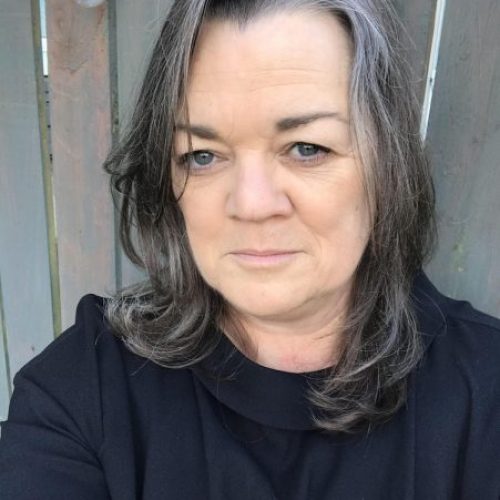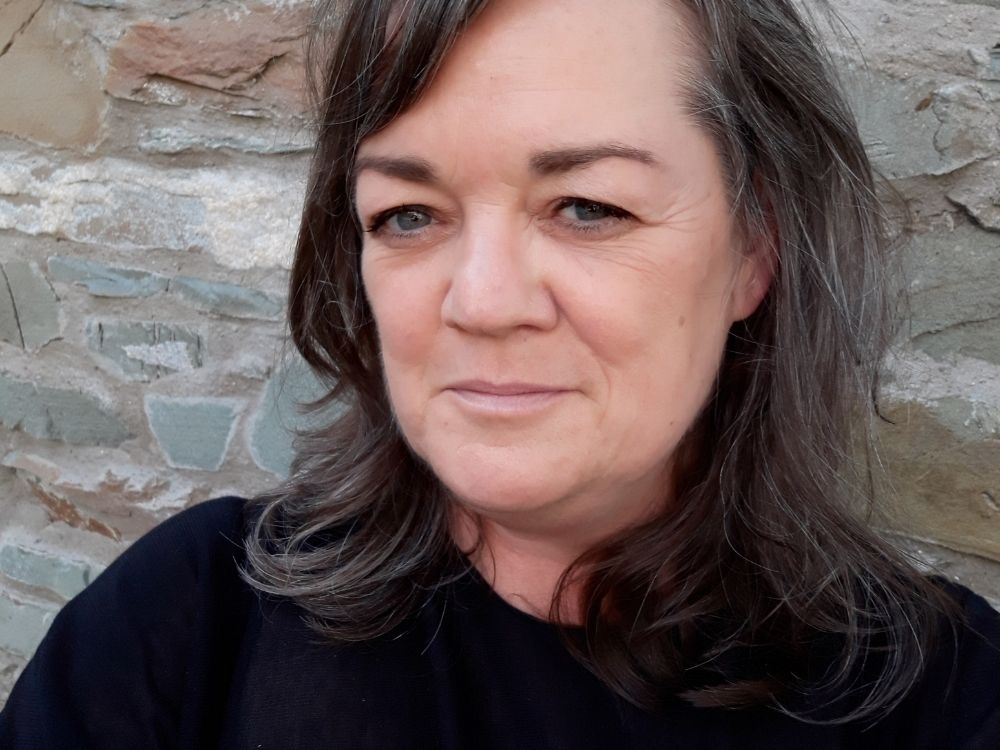

There are still rusty cranes hanging over rivers and salmon leaps – I don’t know if anybody even knows who owns the cranes at this stage. “The bank guarantee thing is when all the shit came to a head, but there’d been problems for about three years, you know, the housing market had collapsed, and these estates had been abandoned. So you do occasionally get these mad-looking James Bond-type houses beside like a mock Queen Anne mansion or something, and then down from that a bit would be a bungalow from the 60s. The other thing here that’s kind of noticeable in the last thirty years is that there isn’t really a uniform architecture. These were houses that couldn’t really be sold and probably shouldn’t have been built in the places they were built, where there weren’t bus routes, there weren’t schools, or there was no population, and sometimes these houses were very high-spec. So all of those old marks are on the landscape, but then there are also the newer marks, and some of those are the lovely mock-Gothic buildings in Sligo town like the courthouse, but then there are the ghost estates. From one of the windows upstairs I can see a man-made cairn that’s about four thousand years old, where Queen Maeve is supposed to be buried. I live in Sligo town, and within about a three-minute walk of my house there’s a fairy fort in the grounds of a telecom provider’s campus.

“I live in the northwest of Ireland,” says Louise, “where there are really obvious marks on the landscape going back thousands of years. Sarah’s a wreck, her husband Davy’s done a runner to escape his debts – and his guilt at having ruined Sarah’s sister and brother-in-law by persuading them to buy one of the houses on the estate. There’s a granite dome depicting the name of the estate in a Celtic font deposited on top of a fairy fort, and we’re introduced to the derelict homes on the morning a donkey has broken into the show house and shat all over the floors and walls. The title story in her forceful, disconcerting and intensely funny debut story collection The End of the World is a Cul de Sac is about an abandoned housing development – and an abandoned wife – and reflects the economic boom and bust across all of Ireland in recent decades. Having worked mostly as a chef for thirty years, she began writing at the age of 47 in 2014, and has since completed an MA and PhD in Creative Writing from Queen’s University Belfast. Shortlisted for the Sunday Times Audible Short Story Award in both 20, and the recipient of many earlier awards, Louise Kennedy has become a leading light in Irish storytelling.

“ A masterclass by a major talent.” The Irish Times


 0 kommentar(er)
0 kommentar(er)
